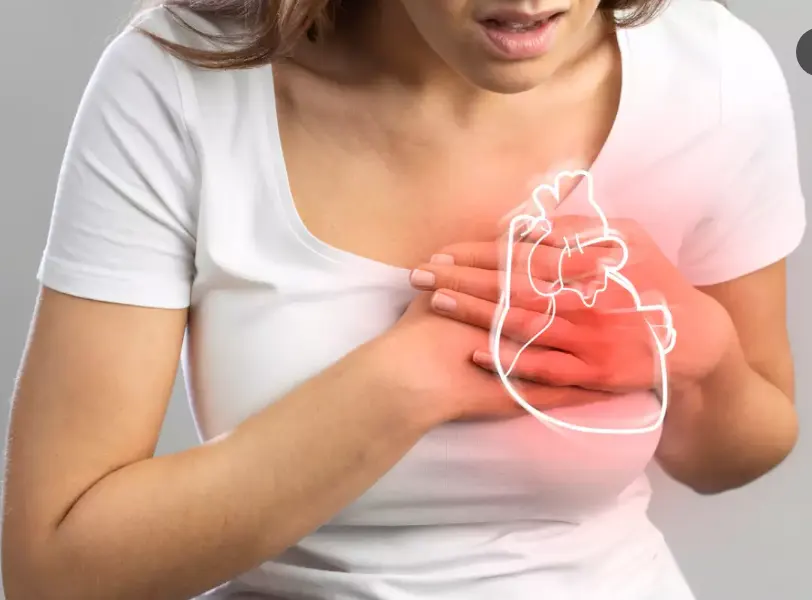Experts say you can lower your risk of sudden cardiac arrest by not smoking, exercising regularly, and eating a heart-healthy diet.
Women have a lower survival rate from sudden cardiac arrest, partly because bystanders are slower to provide resuscitation to women than men, according to a study published this week.
The researchers also found that primary care visits substantially rose in the weeks before a sudden cardiac arrest. The scientists believe this shows there are more warning signs of impending cardiac arrest than previously thought. The researchers said this information could help medical professionals identify people at imminent risk of cardiac arrest to help prevent it.
“There could be signs and symptoms of worsening coronary artery disease before a cardiac arrest, which could result in more primary care visits,” said Dr. Salvatore Savona, an electrophysiologist at The Ohio State University Wexner Medical Center. “Cardiac arrest is typically caused by ventricular arrhythmia or an irregular rhythm from the bottom chamber of the heart,” he told Healthline. “As noted, ventricular fibrillation (VF) is one of these rhythms. A common underlying cause for developing VF is coronary artery disease.”
Details from the cardiac arrest study The researchers pooled data from 15 members of the European Society of Cardiology (ESCAPE-NET) to create a database of more than 100,000 people who have experienced sudden cardiac arrest victims as well as a biobank with 10,000 DNA samples. Dr. Hanno Tan, ESCAPE-NET project leader and cardiologist at the University of Amsterdam Medical Centre AMC in the Netherlands, said he hopes this information can provide information for researchers to use when studying cardiac arrest.
“Sudden cardiac arrest is a pressing public health problem that has so far been extremely hard to solve, largely because of the lack of difficulty to obtain detailed clinical data and biological samples,” Tan said in a press statement.










